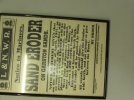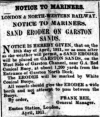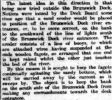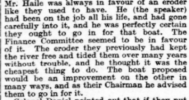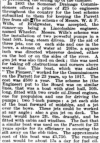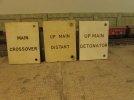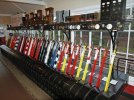wirralman
Member
My late father in law gave me this interesting poster dated 1911, does anyone know what a sand eroder was ?
What puzzles me is the name of the General Manager. Sir Frank Ree is listed as the General Manager in 1911, so who was Christian Johansen ? Why is his name on this poster and not Sir Frank Ree's ?
Any ideas ?
What puzzles me is the name of the General Manager. Sir Frank Ree is listed as the General Manager in 1911, so who was Christian Johansen ? Why is his name on this poster and not Sir Frank Ree's ?
Any ideas ?

